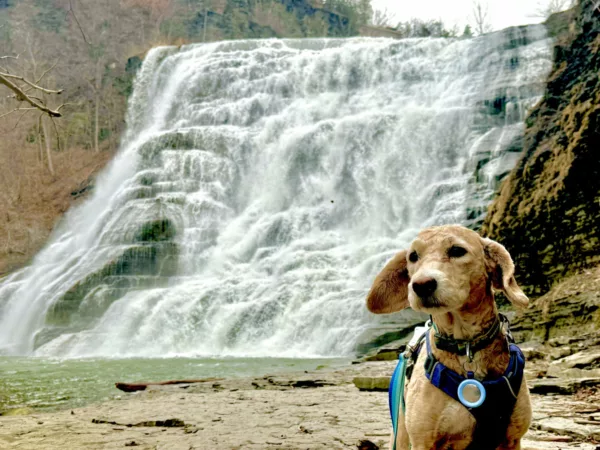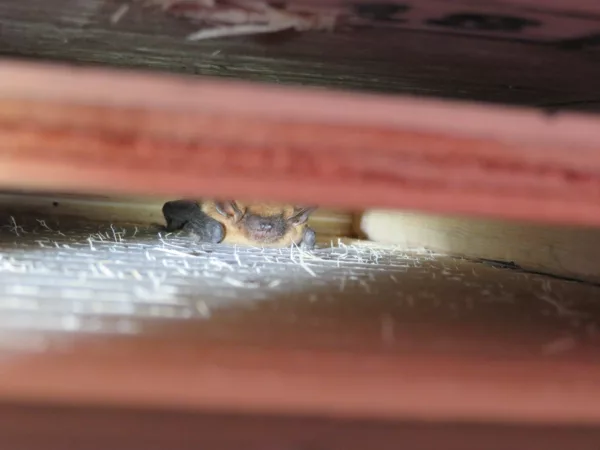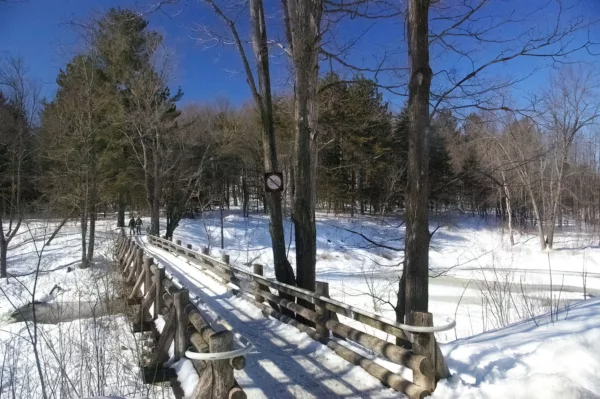The Way of the Wolf: Against the Grain

How to literally and metaphorically embrace upstream canoeing
So, you’d like to do a grand canoe journey, be out there for weeks linking waterways across the Canadian Shield like people of old? It can be done, but it won’t be easy, as the key to doing any grand route is to travel against the current, working your way up one river and then over a divide to enjoy that sweet downhill run on the next waterway.
I actually really love working upstream. It’s a constant puzzle you’re trying to solve as you look for the easiest way through a difficult situation. Is the water shallow enough for me to walk the canoe up? Do I portage this waterfall or can I sneak my canoe up the edge? Can I paddle up this eddy? These are all questions you’re constantly trying to answer as you creep up against the strain of the water coming down at you. It’s character building, immersive and will probably be the most memorable part of your journey. Sure, it’s nice to flow easily downstream or paddle a glassy lake, but you learn far more about yourself in life and on trip when you work through difficulty. Life begins outside of your comfort zone and travelling upstream with your canoe is rarely comfortable but always chock full of lessons.

On my recent 1,360-kilometre canoe trip with Dave Greene that began and finished in Fort McMurray, Alberta, we had to go upstream on one section of the Amble du Fond River and then the entire 200-kilometre length of the Cree River. The Amable du Fond once had a two-kilometre portage that cut the corner on a series of huge waterfalls and rapids, but the ‘Woodcock Portage’ has long been absorbed by the forest. We ended up going bay to bay and bushwhacking up and over steep ground through dense brush over the course of a day in order to get through. That was followed by a straightforward but bludgeoning 6.5 kilometre ‘Elizabeth portage’ on a dry, dusty overland ATV trail where I ran out of water. As we were doubling back for our loads, my paddling partner Dave and I ended up covering almost 20 kilometres on that portage. Phew! That’s got to be the worst of it, I thought. But no, not even close.
Travelling upstream used to be the norm in the time before roads and bush planes. it was far easier working your way up a river where your gear would be floating in your canoe than walking overland with a lot of freight. With the Cree River though, the Dene and Cree used to travel up the adjoining Pipestone River instead, and then take a series of overland portages to get to the source of the Cree River at Cree Lake. Those portages no longer exist, and the Cree River is a relatively easy downstream run so I figured that would be the route we would try to access a series of headwater lakes and eventually get over the divide into the Clearwater River—a 275 kilometre downstream run back to Fort McMurray.

Indigenous travellers had a reason for their route. What may seem easy going down is quite the opposite on the way up. The Cree River was quite a stiff test, a relentless current against us with few breaks. Pool-drop rivers with waterfalls are actually quite a bit easier to paddle up as the water between the falls is relatively calm and deep, often interspersed with lakes that give you relatively easy travel. The Cree River had no waterfall breaks, no calm areas to paddle up easily. In addition, the Cree this year was four feet higher than normal, so we had to literally drag ourselves up through the trees at times.
When faced with such circumstances, humour is your only defense. Dave thrived and made the best of it as he was subjected to the reality of my planned route.
On occasion, when we were either tired of dragging upstream, the water got too deep or actually slowed down a bit, we would paddle up the edge… hugging the shore closely where the slowest water was, though this was by no means easy.
The key thing was that we kept moving forward for over ten hours per day, sometimes only covering 22 kilometres, sometimes 30—but the key thing was progress. In doing so, we eventually emerged at Cree Lake after a solid week of struggle, the toughest part of our journey done. Looking back on the entirety of our trip, in some twisted way both Dave and I miss the Cree River section the most. It was just so darned engaging.

Like any problem in life, you deal with what’s in front of you, move through it, then deal with the next obstacle—never looking too far ahead at what seems insurmountable in the big picture. Eventually you’ll get there, just simply by never giving up and embracing the challenge. Ultimately—whether on expedition or in everyday life—thriving when the current is against you is the key to success.















